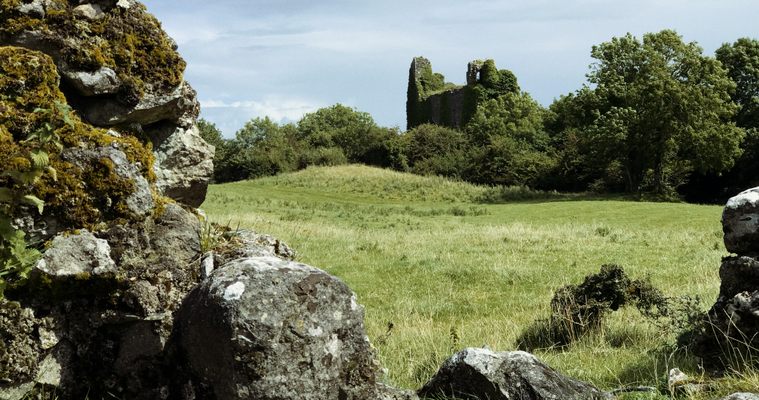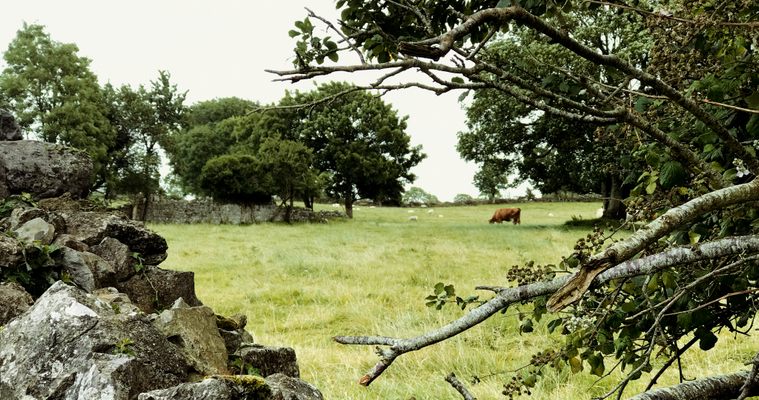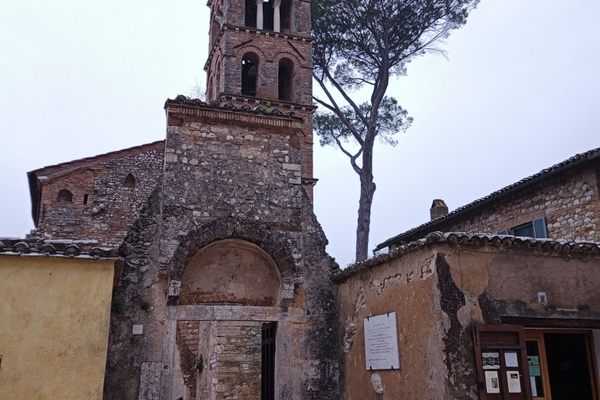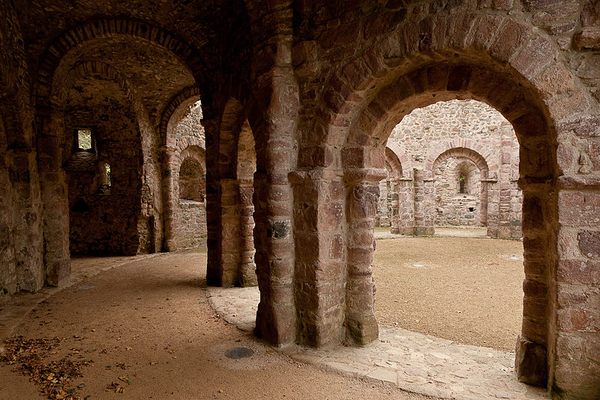About
On a sleepy, off-the-beaten-track peninsula jutting into Ireland’s River Shannon, you can wander through Rindoon, one of Ireland’s most enigmatic deserted medieval towns. Though it was once one of the area’s most important towns, it has slept undisturbed for centuries.
Rinn Dúin, the old Gaelic name, means “fortified headland.” Lured by its rich pastures and long vistas over the River Shannon, humans have lived on this beautiful peninsula long before invading Anglo-Normans first landed in its safe harbor in the late 12th century.
A key military and trading frontier town between the warring provinces of Connacht and Leinster, Rindoon was a pawn in the wars waged between native Irish chieftains and Norman barons. Over the centuries, it has witnessed bloody battles, sieges, executions, and wholesale pillage as it changed hands repeatedly between the armies.
Rindoon was one of a string of fortifications the Normans built to dominate the Shannon, strategically situated between the Norman strongholds of Athlone and Roscommon. The town itself lies behind a fortified wall, 20 feet high and 1,640 feet long, with towers and gates running across the St. John’s peninsula, protecting it from the mainland.
The brutal Geoffrey de Marisco built the castle around 1227. Legends of Marisco’s corruption and treachery still linger in local folklore. Finally, even the Normans grew fed up with him, and he and his son William were outlawed and their lands—including Rindoon—were confiscated by the Crown. Undaunted, father and son took to the sea and became pirates, regularly raiding ships between Drogheda and Dublin.
At its height, experts say the population of Rindoon was about 1,000 people, an impressive number for a time when the population of London was approximately 20,000. Safe Harbour was the main landing point for the town’s trade which, in its heyday, was highly profitable. Records show that in 1259, the town paid £8-5-8 in annual taxes, and by 1285 when taxes had risen to £320, the town was importing corn, cloth, and wine from Bordeaux.
But the once-thriving town was not destined to survive. Historians say its isolated location made it too vulnerable to attacks from local Gaelic chieftains and too expensive to protect. The settlement’s isolation from other major trading centers didn’t help. And, as with other settlements, the Black Death may have visited Rindoon in the 14th century, hastening its decline.
Now, the deserted town consists of a harbor, a castle, a church, and a substantial windmill. Just beyond the walls lie the ruins of an even older building, a 12th-century hospital that predates the walled town. You can still make out some plots around the castle where houses and gardens once stood, giving tantalizing glimpses of everyday life of Rindoon’s medieval citizens.
Farther along are the massive cylindrical ruins of a windmill, first appearing in the records in 1273 when one Richard Le Charpentier got 45 shillings for steel to construct the mill. The surviving three-story-high mill dates back to the 17th century, although the mound on which it stands may have been part of the medieval mill used to grind local crops.
Related Tags
Know Before You Go
Just a few miles outside Athlone, a well-signposted looped walk takes you around the headland, the deserted town, and the adjoining woodlands. See a map of the walk here.
Community Contributors
Added By
Published
June 20, 2019































